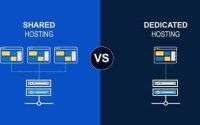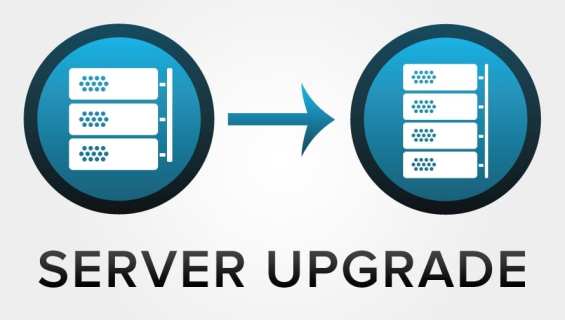Mail Server
We will focus on the purpose and definition of a mail server. This is a very important server and one of the first things you should keep in mind when designing your new infrastructure.
Even without thinking about it, you are receiving and sending emails as you read these lines. The email will take you anywhere else in the world in seconds. We value it, think a little bit about how it happens, but it’s a complex process that is achieved with the help of a mail server.
A mail server is a computerized resemblance to a neighborhood mailman (slightly faster than a computer), but it looks like an email was sent from one computer to another in the blink of an eye. Jumps around. The world until it reaches its destination. Without these servers, you could only send email to matching domains at the same address.
There are 2 types of categories for mail servers. Outgoing mail servers and incoming mail servers.
It uses a protocol called Outgoing SMTP (Simple Mail Transfer Protocol). Incoming mail servers can be POP3 (Post Office Protocol vs. 3) or IMAP (Internet Message Access Protocol). POP3 servers store mail on local hard drives or PCs, while the IMAP protocol stores emails on servers, but these are boring things.
Return to our description -, when you click Send to your email, whether it’s Outlook, Gmail, Yahoo, or any other email service, the email client will send an SMS to your domain TP connects to the server. The email client then communicates with the SMTP server (remember, this is for outgoing mail), giving you your email address, recipient email address, and a message body with any attachments. Are
The SMTP server processes the recipient’s email address. If the domain is local, no routing is required, and it goes directly to the Domains POP or IMAP server. If the domain is different, the SMTP server must connect to the server for the other domain.
Along with its excellent journey, the SMTP server should encounter the DNS server (which is the server responsible for resolving email addresses over IP addresses) – we will talk about DNS servers in the next nugget Will talk The DNS server will translate the email address to an IP address, the language in which the DNS server speaks fluently.
Now that the SMTP server has the appropriate IP address of the recipient, this recipient can connect to the SMTP server. This is not done directly, and the message usually goes with a series of other SMTP servers until they reach their destination. The journey is certainly not easy for such a delicate message, but they do most of the time.
And finally, the recipient’s SMTP server receives the message, scans it to verify the domain and username (this step is important when you’re filtering spam), and if all OK, it sends it to the POP server. Read. Once you click on the email, it is being downloaded. POP will typically download it to local hard drives, while the IMAP protocol will use the server to download the message.
This is basically the mail server’s secret – a simple but really complex task behind the scenes.
What should you do with your business? You’ll just use Gmail or Yahoo. It’s free.” Yeah, Al, that sounds pretty crap to you. Business in general. And they often have to invest in servers.
In addition to acquiring servers, you must have a way to receive and transfer emails and configure and filter your email.
For this purpose, you may be using one of the 2 most popular programs, such as PostFix or Microsoft Exchange. Such programs simplify the process behind the scenes.
A mail server is a server that is in charge of sending and receiving emails at the end of the process, away from the end-user. Their job is to send messages to the right destination, receive messages from the right senders, filter out any inappropriate content, and save saved emails when needed. As simple as it may seem to the user, it is often understood, but still, it is good to have basic information and understanding of how mail servers work.


